Content
1. Why is my back prone to acne?
Three Major Causes of Acne
Excessive oil secretion: The back is densely populated with sebaceous glands, which can easily clog pores in the summer or after exercise.
Clustering: Dead skin cells and sweat mix, forming closed comedones or blackheads.
Bacterial infection: Propionibacterium acnes multiplies, causing red, swollen acnes (folliculitis).
Limitations of Conventional Cleansing
Hand washing cannot thoroughly clean the back (especially the hollows of the spine).
Excessive friction from ordinary towels may irritate acne.
2. Advantages of a Wooden Long-Handled Bath Brush in Fighting Acne
Physical Exfoliation and Unclogging Pores
Natural wood bristles (such as beech and bamboo fiber) have a moderate hardness and gently remove dead skin, avoiding the harshness of chemical scrubs.
Deep Cleansing and Reducing Bacteria
The long handle (recommended 50-70cm) easily covers the entire back and is particularly suitable for cleaning the hard-to-reach shoulder blade area. Wood fiber is naturally antibacterial and less likely to harbor mold (such as Pseudomonas aeruginosa) than plastic brushes.
Promotes Blood Circulation
The gentle stimulation of brushing can stimulate lymphatic circulation in the back, helping to eliminate waste and reduce dullness.
3.Care Guide for Long-Handled Wooden Bath Brushes
Daily Cleaning (After Each Use)
- Rinse Residue
Correct Method:
Rinse the bristles with warm water (no higher than 40°C) to remove foam, dander, and dead skin.
Gently shake dry; avoid slapping the bristles, which may loosen them.
Incorrect Method:
Soaking the brush head (wood absorbs water and swells easily).
Rinse with hot water (high temperatures accelerate wood cracking).
- Dry Thoroughly
Drying Tips:
Hang Upside Down: Use a brush rack with drainage holes to allow water to drain naturally.
Ventilation: Store in a cool, well-ventilated area (avoid direct sunlight).
Accelerate Drying: Use a hair dryer on cold air for 10 seconds (at least 30 cm away).
Anti-Mold and Antibacterial Treatment (Once a Week)
- Natural Disinfection
Recommended Method:
White Vinegar Spray: Spray the bristles with a 1:1 ratio of white vinegar to water. Let sit for 5 minutes before rinsing. Tea Tree Oil: Add 2 drops of tea tree oil to 100ml of water and wipe the brush handle to inhibit bacteria.
- Deep Clean (once a month)
Baking Soda Paste: Mix baking soda and water into a paste and gently scrub the wood to remove dirt.
Lemon Juice Deodorization: Wipe the brush handle with lemon juice to neutralize odors.
Anti-Crack Maintenance (Oil Once a Month)
- Choose the Right Maintenance Oil
|
Oil |
Benefits |
Useful for |
|
Coconut Oil |
Naturally antibacterial, moisturizing |
Daily Care |
|
Mineral Oil |
Odorless, highly stable |
Brush for sensitive skin or children |
|
Beeswax |
Highly water-resistant |
Highly humid areas |
- Oiling Steps
Clean and Dry: Make sure the brush is completely dry.
Lightly Oil: Use a soft cloth to apply a small amount of oil and evenly apply it to the handle and base of the bristles.
Let it Absorb: Allow to sit for 2 hours, then wipe off any excess oil with a dry cloth.
Note:
Avoid over-oiling, as this will cause the bristles to become sticky.
It is recommended to apply oil before first use to create a protective layer.


 En
En
 English
English Français
Français
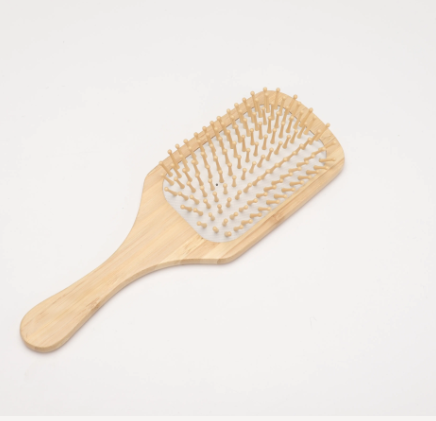
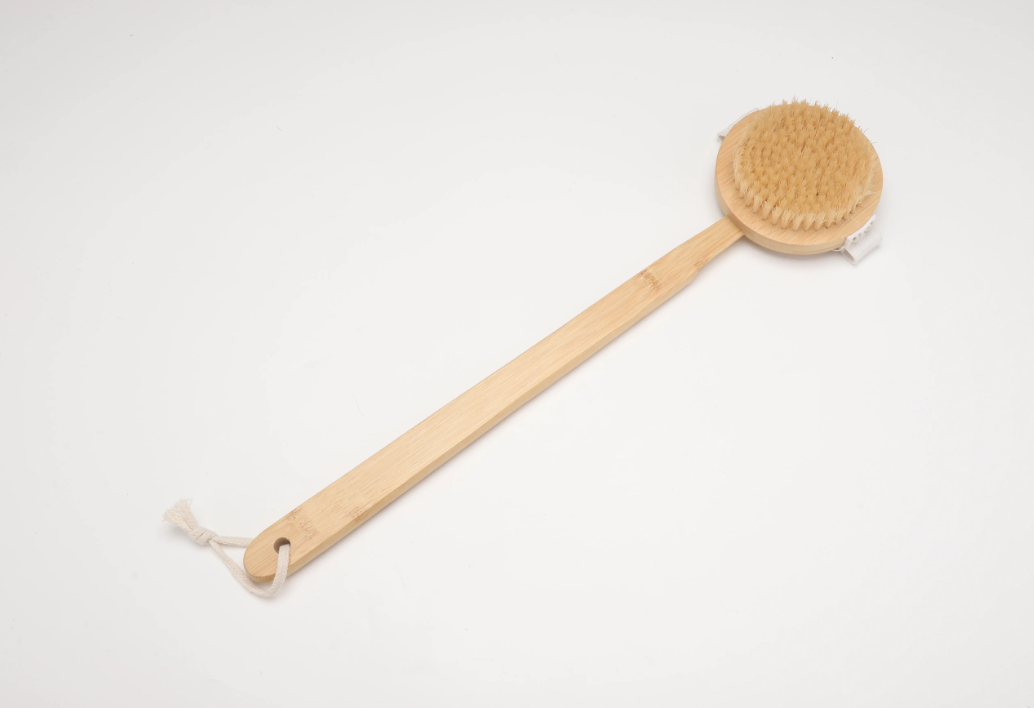
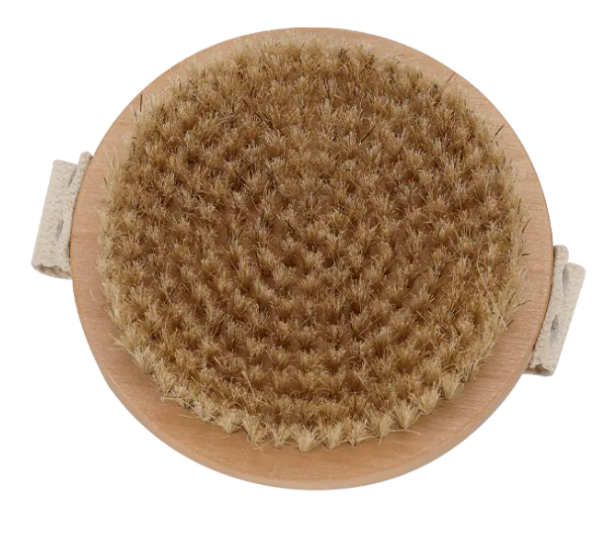
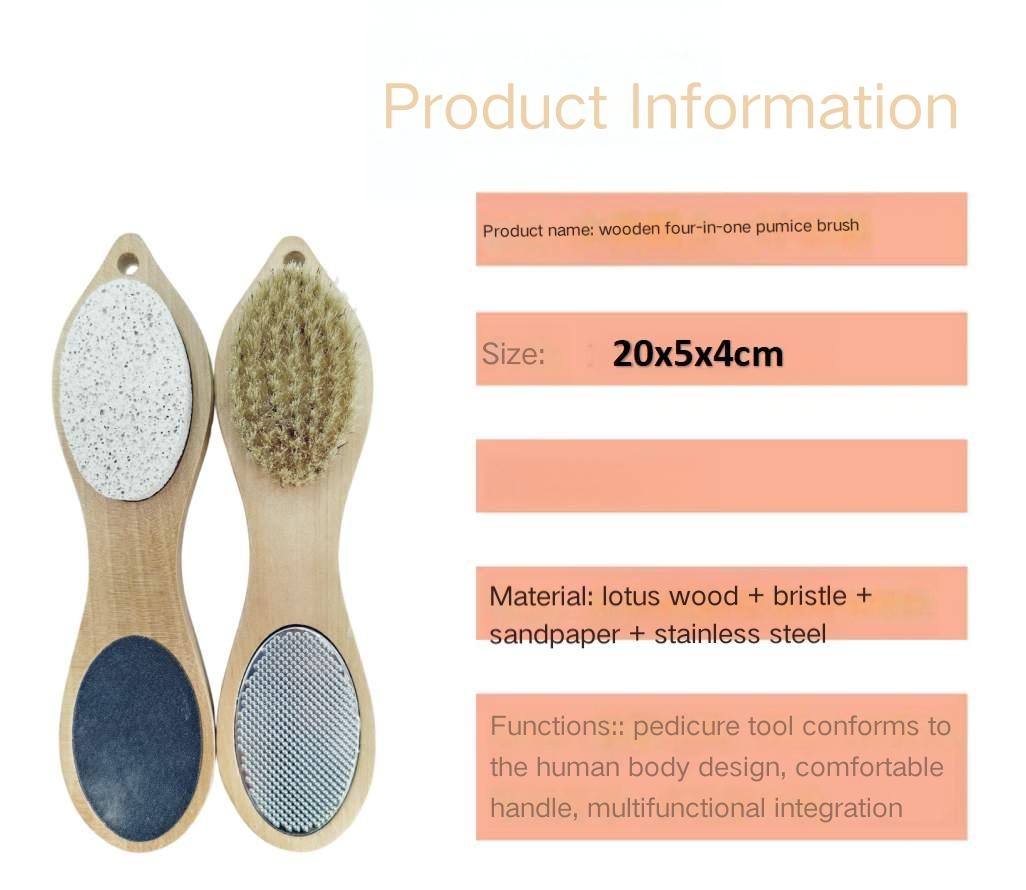
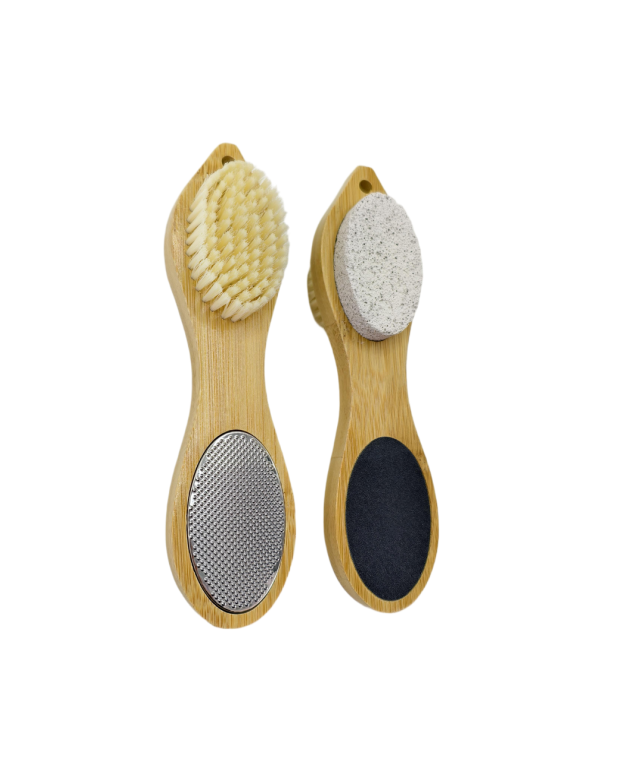
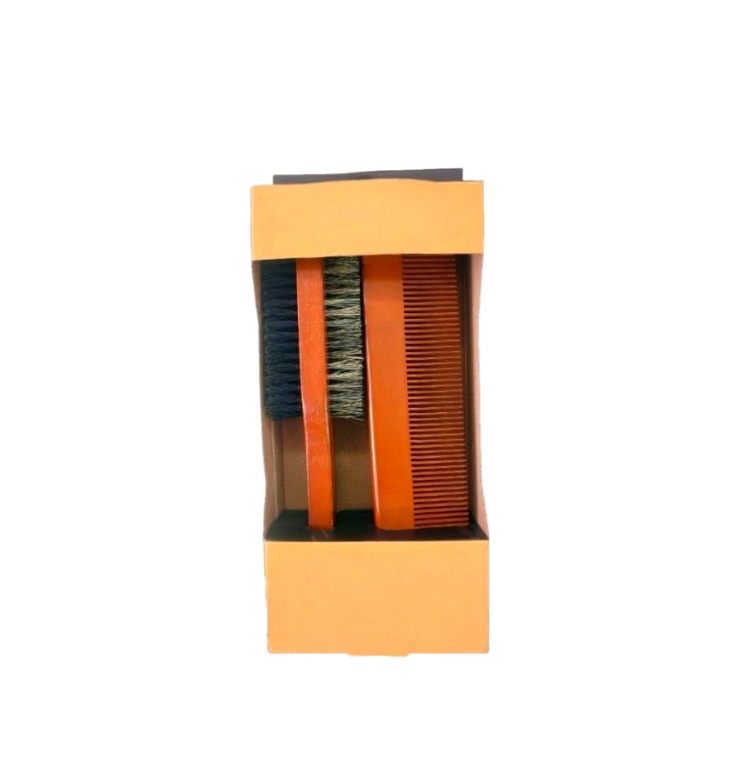
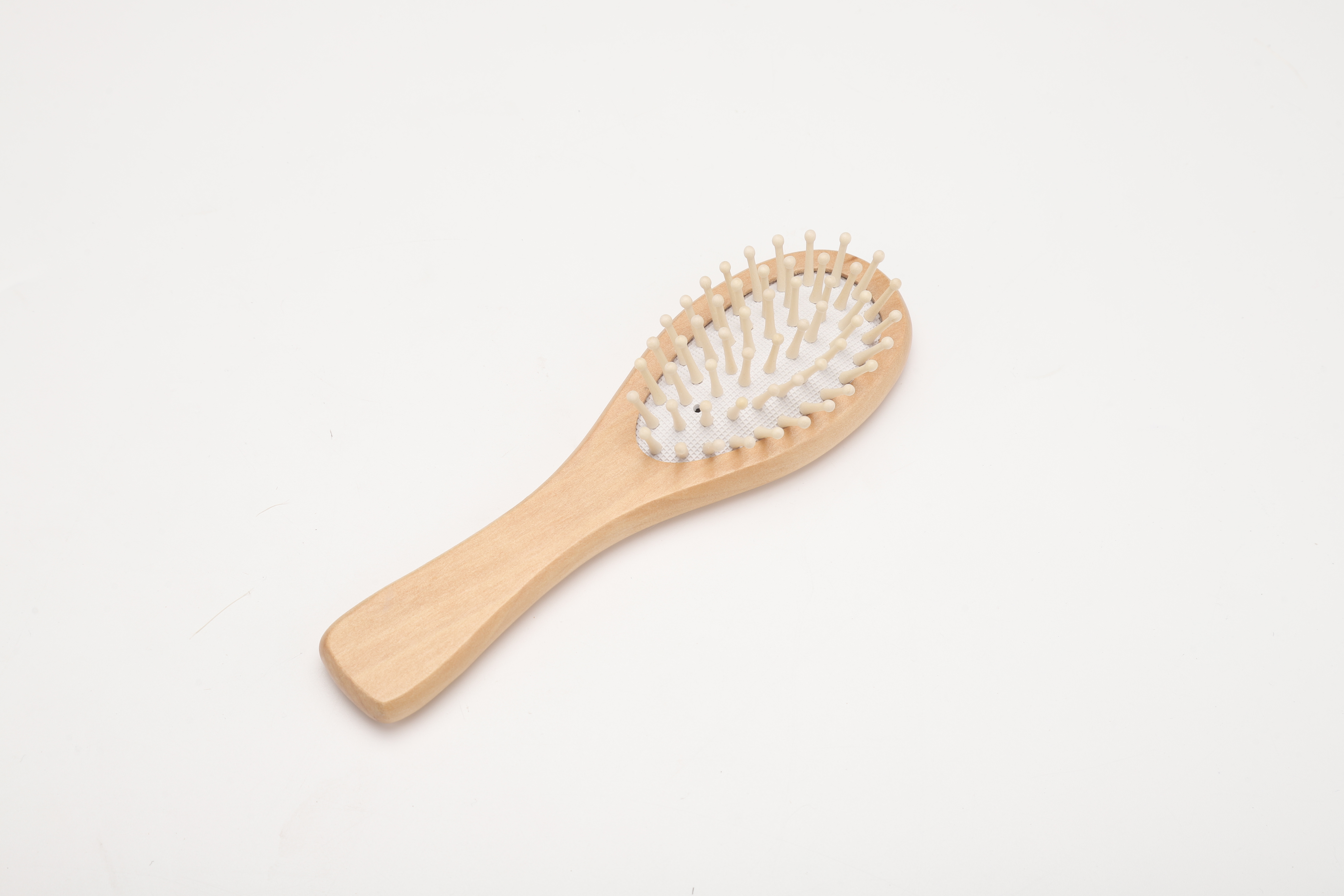
.png)
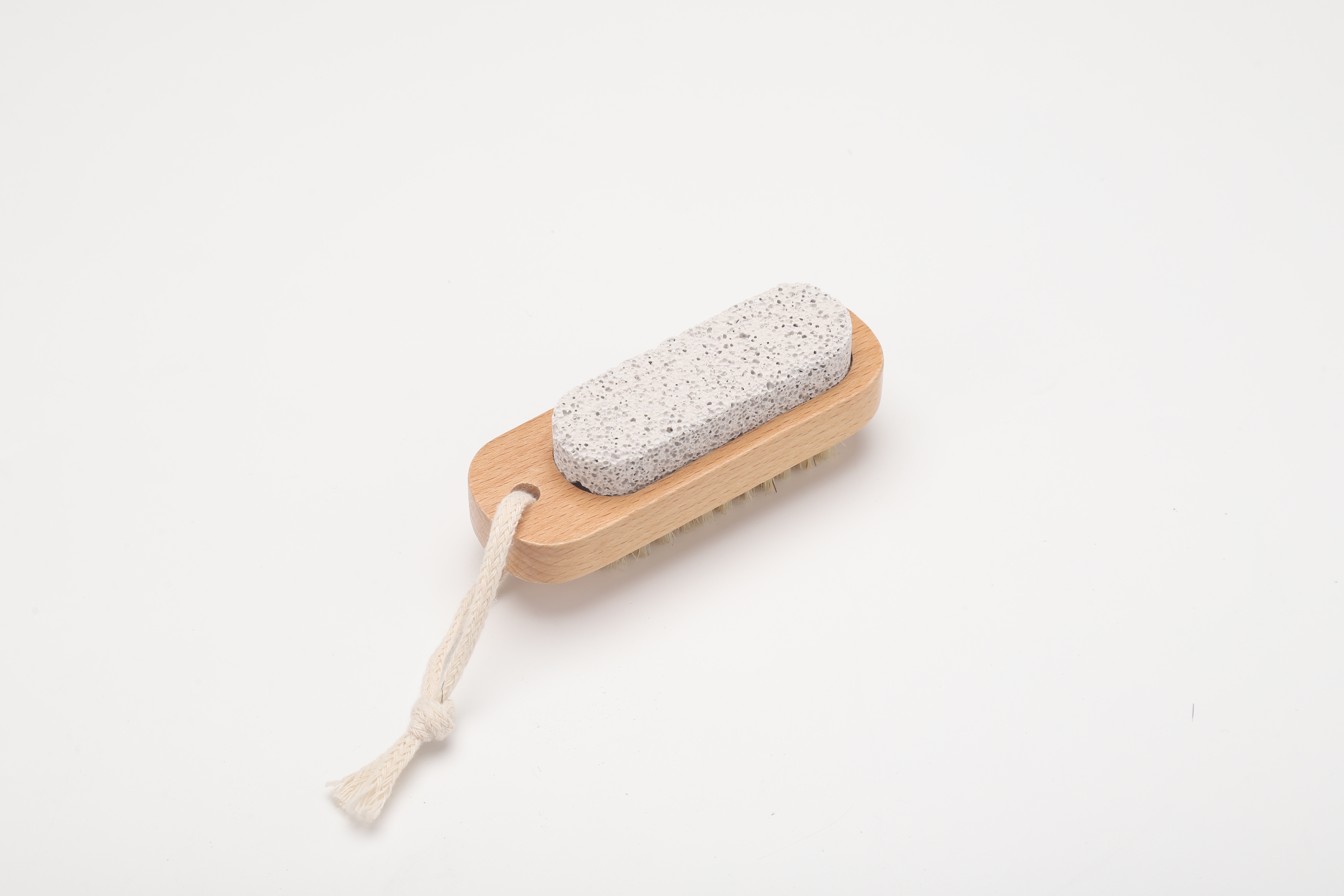

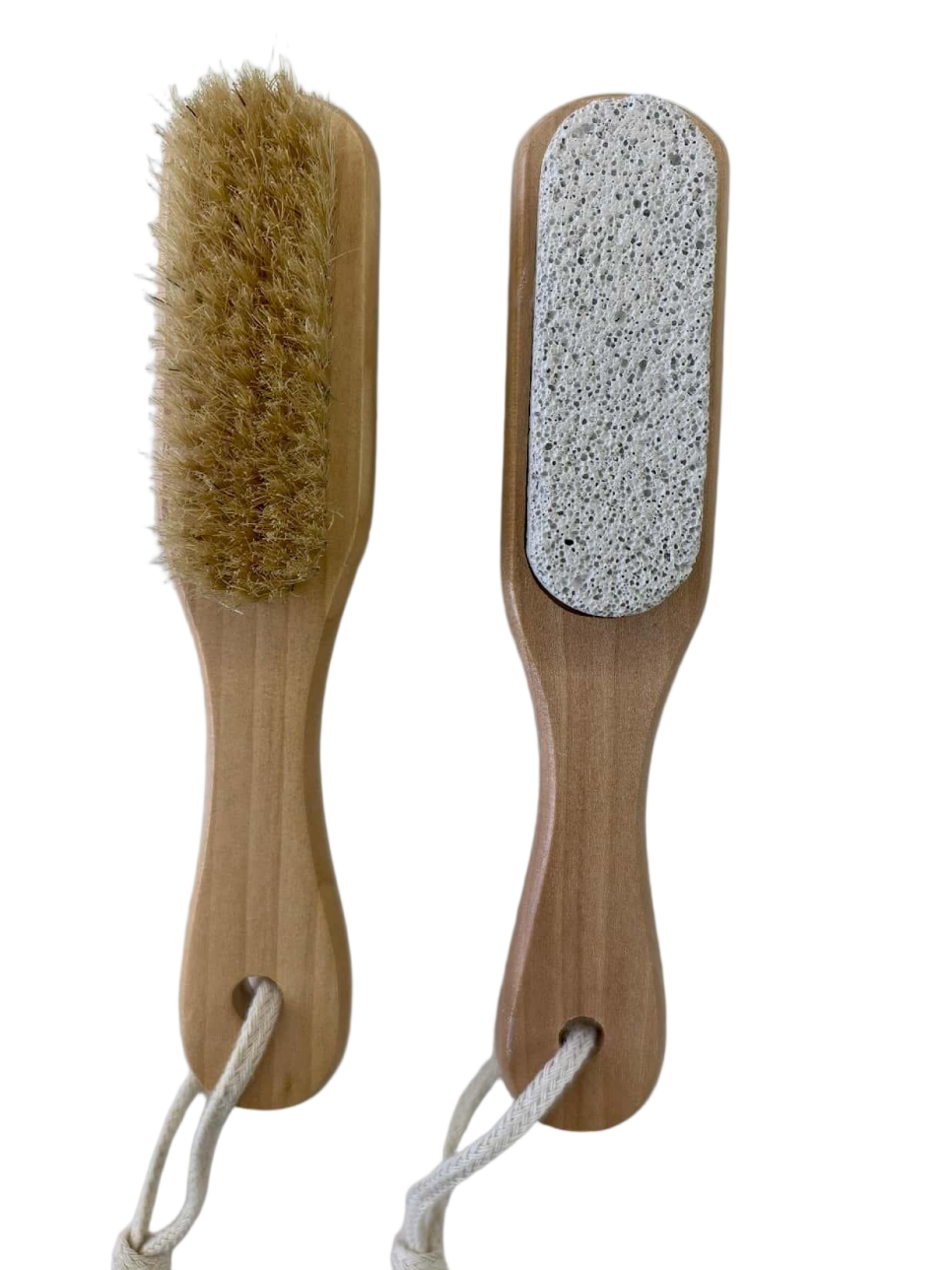
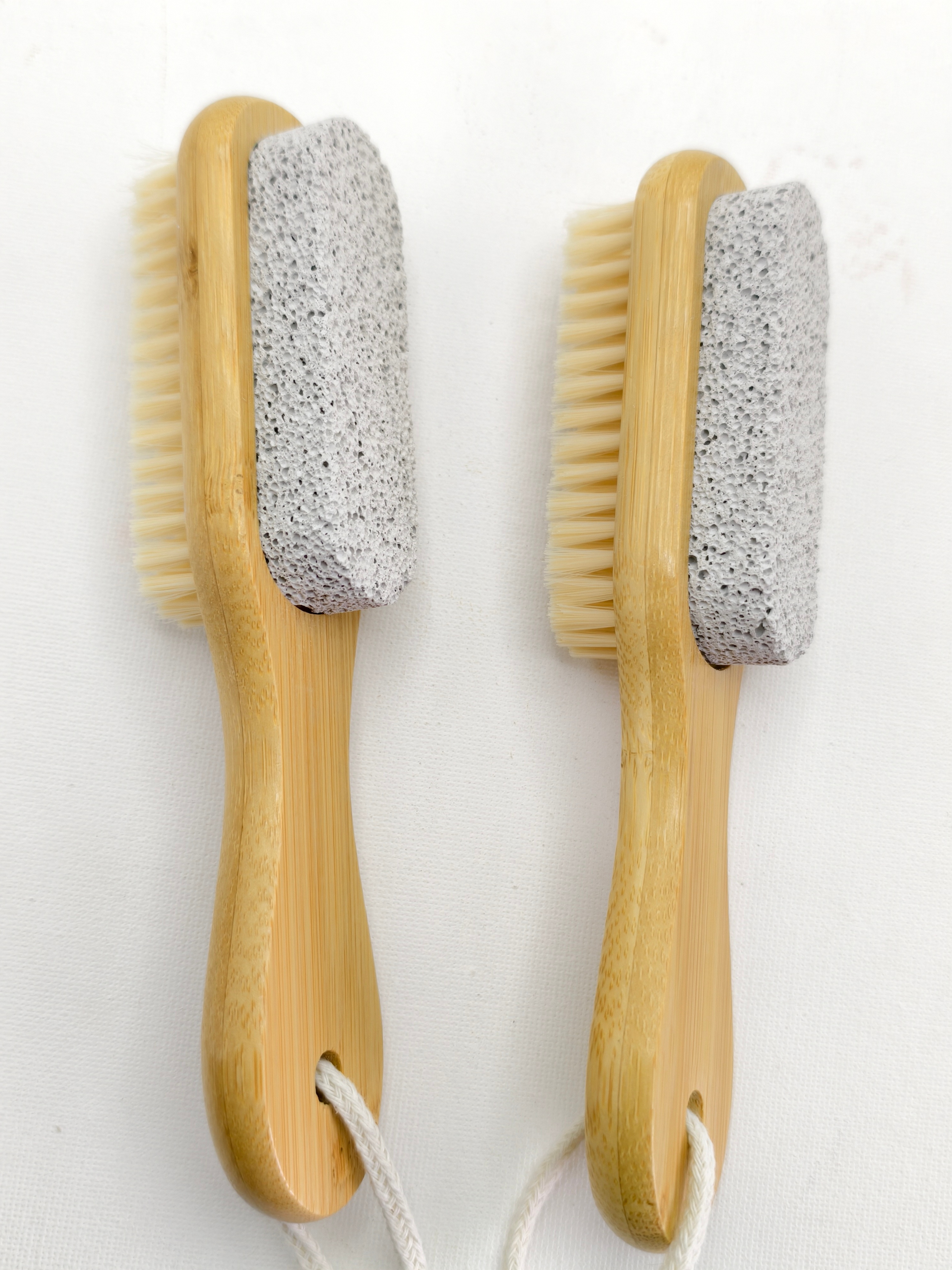
.jpg)
.jpg)





